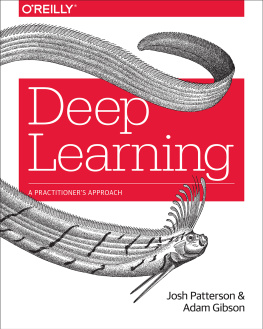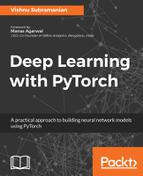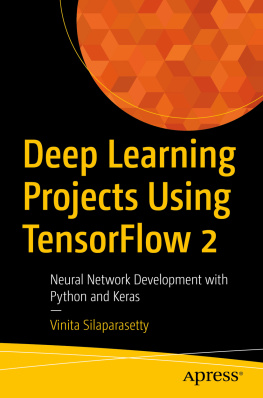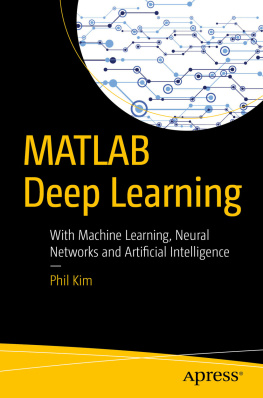Gibson Adam - Deep Learning
Here you can read online Gibson Adam - Deep Learning full text of the book (entire story) in english for free. Download pdf and epub, get meaning, cover and reviews about this ebook. year: 2016;2017, publisher: OReilly Media, genre: Children. Description of the work, (preface) as well as reviews are available. Best literature library LitArk.com created for fans of good reading and offers a wide selection of genres:
Romance novel
Science fiction
Adventure
Detective
Science
History
Home and family
Prose
Art
Politics
Computer
Non-fiction
Religion
Business
Children
Humor
Choose a favorite category and find really read worthwhile books. Enjoy immersion in the world of imagination, feel the emotions of the characters or learn something new for yourself, make an fascinating discovery.
- Book:Deep Learning
- Author:
- Publisher:OReilly Media
- Genre:
- Year:2016;2017
- Rating:4 / 5
- Favourites:Add to favourites
- Your mark:
Deep Learning: summary, description and annotation
We offer to read an annotation, description, summary or preface (depends on what the author of the book "Deep Learning" wrote himself). If you haven't found the necessary information about the book — write in the comments, we will try to find it.
Although interest in machine learning has reached a high point, lofty expectations often scuttle projects before they get very far. How can machine learningespecially deep neural networksmake a real difference in your organization? This hands-on guide not only provides the most practical information available on the subject, but also helps you get started building efficient deep learning networks.
Authors Adam Gibson and Josh Patterson provide theory on deep learning before introducing their open-source Deeplearning4j (DL4J) library for developing production-class workflows. Through real-world examples, youll learn methods and strategies for training deep network architectures and running deep learning workflows on Spark and Hadoop with DL4J.
Gibson Adam: author's other books
Who wrote Deep Learning? Find out the surname, the name of the author of the book and a list of all author's works by series.







